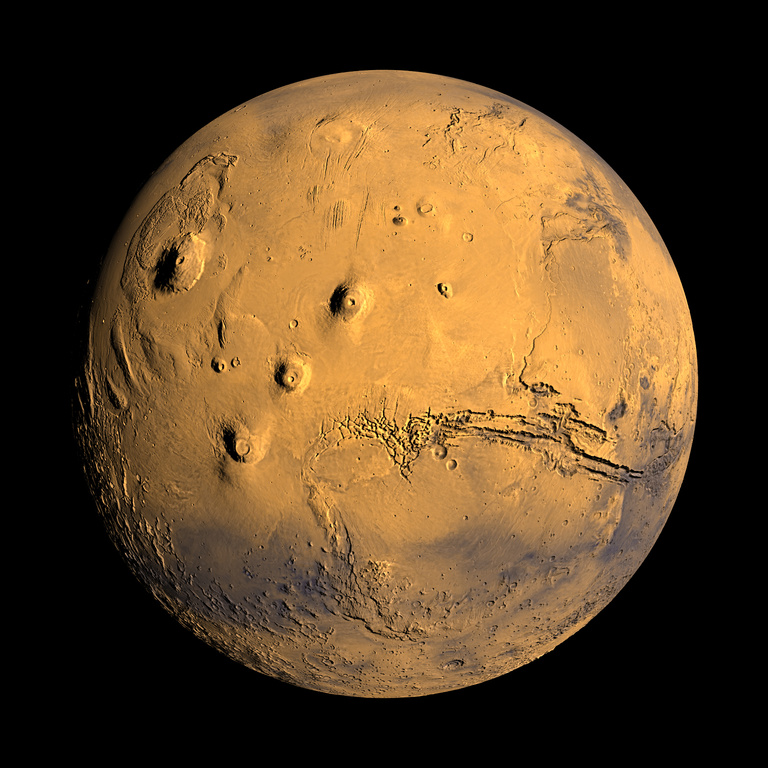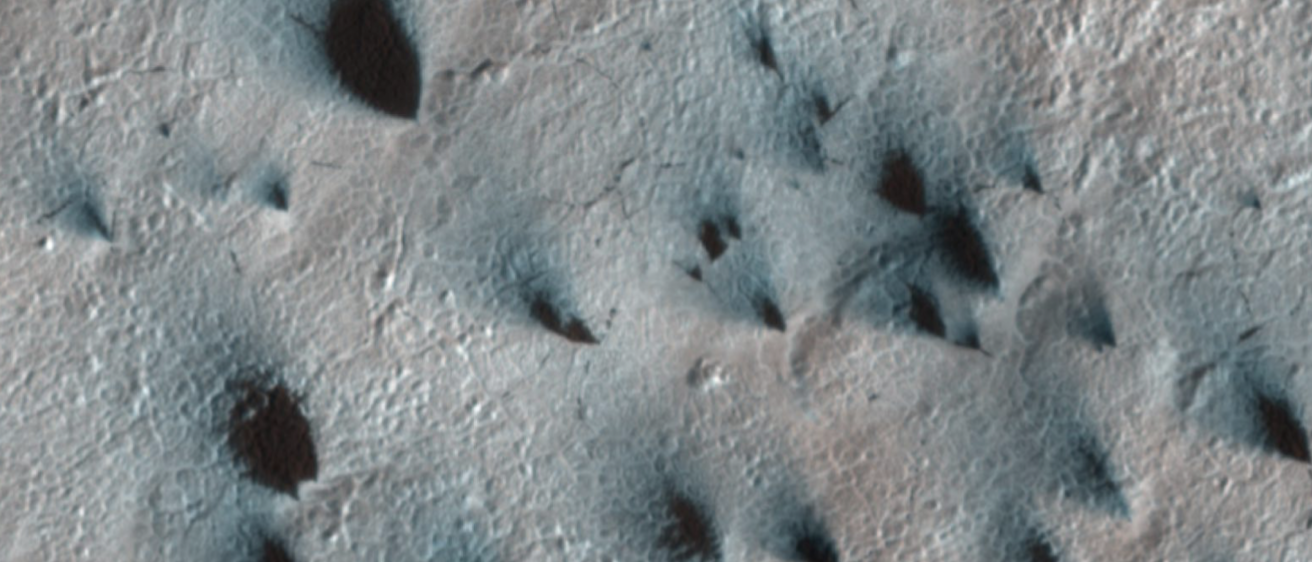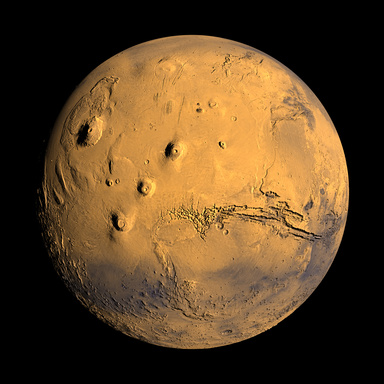
Learning Goals: Students will utilize real images of Mars to aid scientists' understanding of Mars' surface, climate, and history on the citizen science platform the Zooniverse. Students will gain a better understanding of the Martian landscapes and enviormental processes and practice analysis of scientific images.

